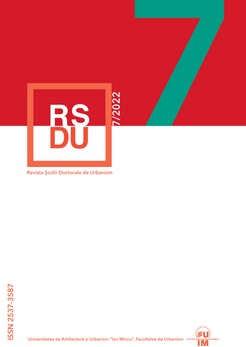Așezări tradiţionale în mlaștinile irakiene
Traditional settlements in the Iraqi marshes
Author(s): Oudai Al ZubaidiSubject(s): Architecture, Environmental Geography, Rural and urban sociology
Published by: Universitatea de Arhitectură şi Urbanism »Ion Mincu«
Keywords: Irak; marshes; urban planning; revitalization; ma’dani; mudhif; building;
Summary/Abstract: Marshes of southern Iraq stretch between the cities of Mysan, Thi-Qar and Basra, fed by Tigris and Euphrates rivers. This area has a variety of characteristics that change with the seasons. The development of human settlements went in line with the environment and the cultural level that identified each historical stage and thus a set of traditions were preserved along the way. Villages are of different layouts, whether they were built near to water, on natural islands, or artificial ones that were made of a number of layers of reeds, which were either fixed onto the bottom of the swamp or floating. Houses were built of reeds, mud, or of reeds mixed with mud, or braided reeds and mat. Family relations are very consistent and firm. Mudhifs are special constructions built, according to the ancient style system, as a center for the whole community to gather in. In the present time, it is emphasized that the urban planning and architecture of the area should be made developmental, capable of innovating the environment so that the displaced people would be encouraged to return to it. The area is in an urgent need for advice of expertise and financial support in order to maintain sustainable urbanizing and a certain set of old traditions and values.
Journal: Revista Şcolii Doctorale de Urbanism
- Issue Year: 7/2022
- Issue No: 1
- Page Range: 31-42
- Page Count: 12
- Language: Romanian

